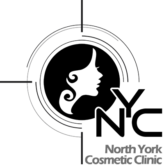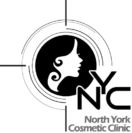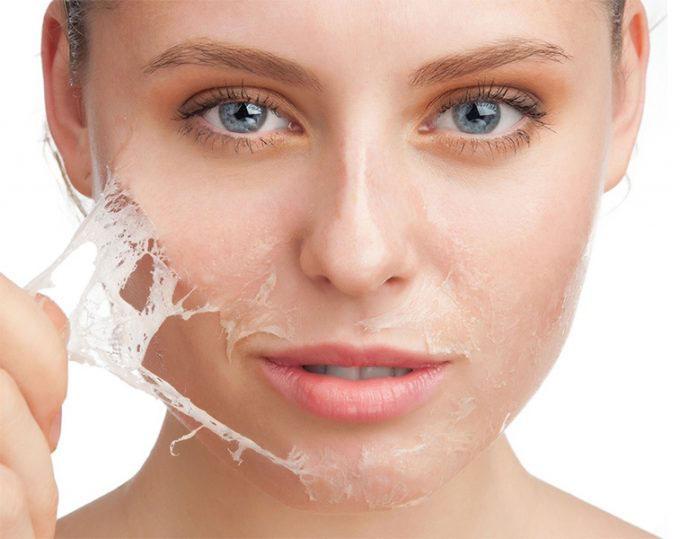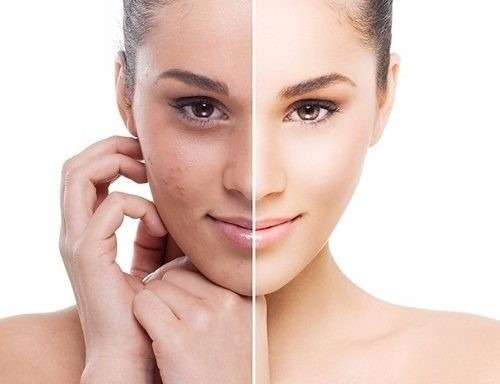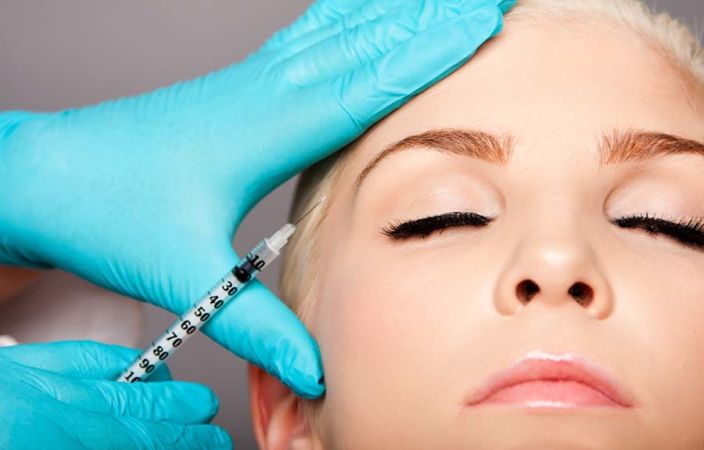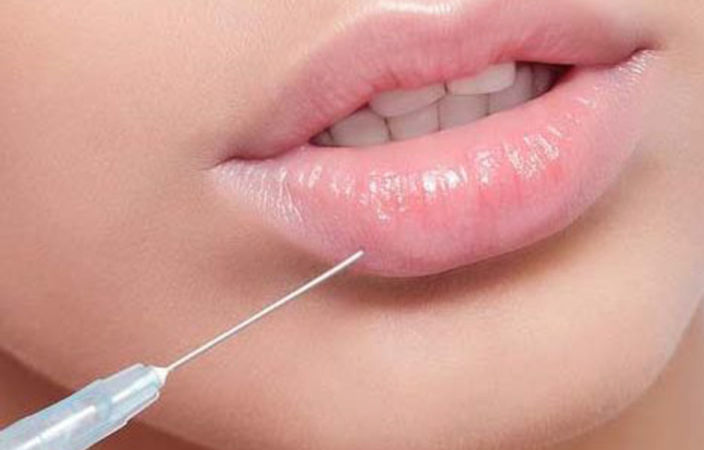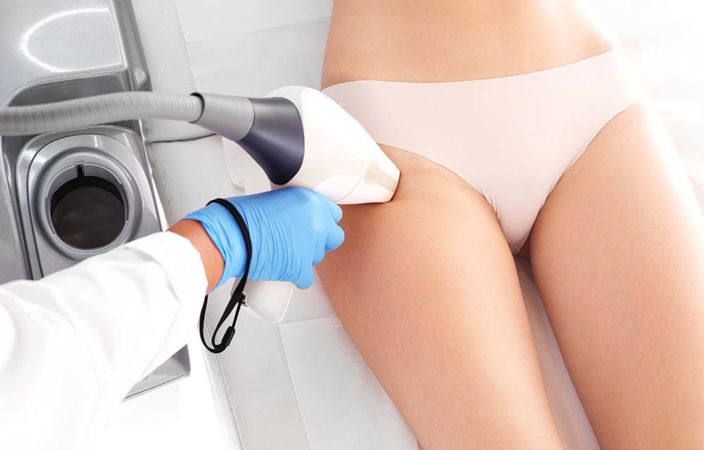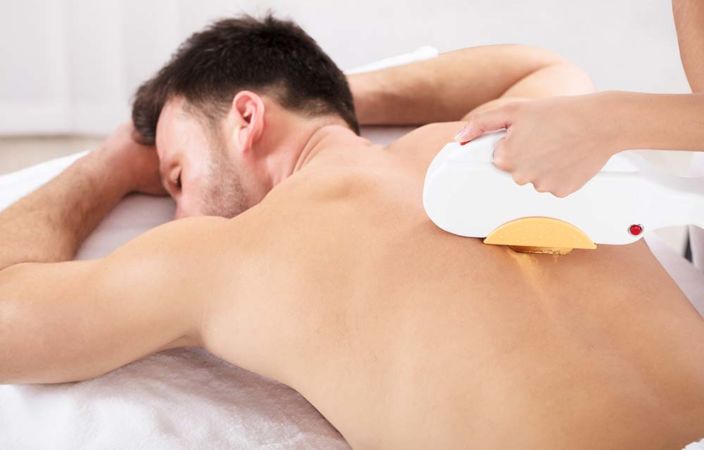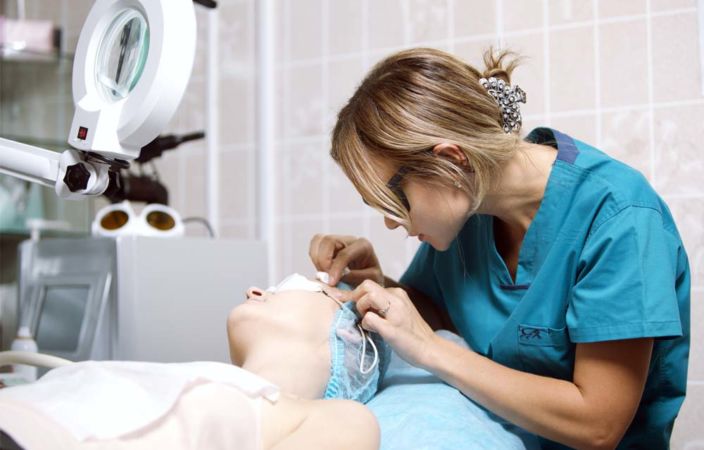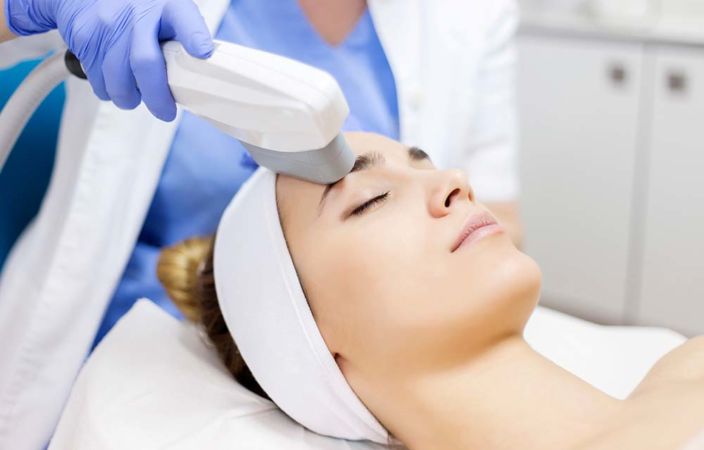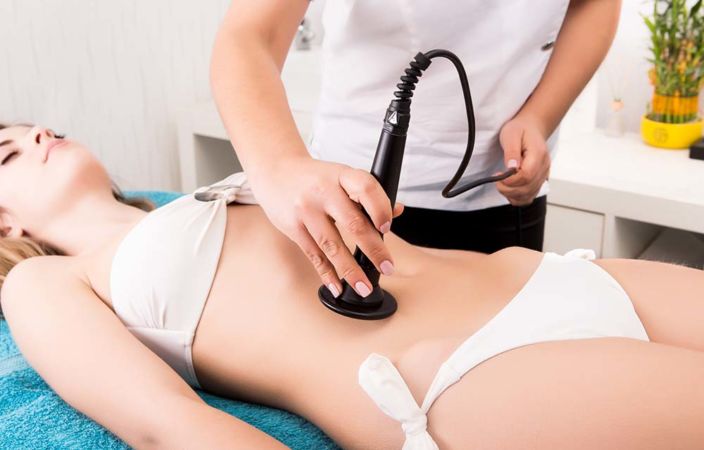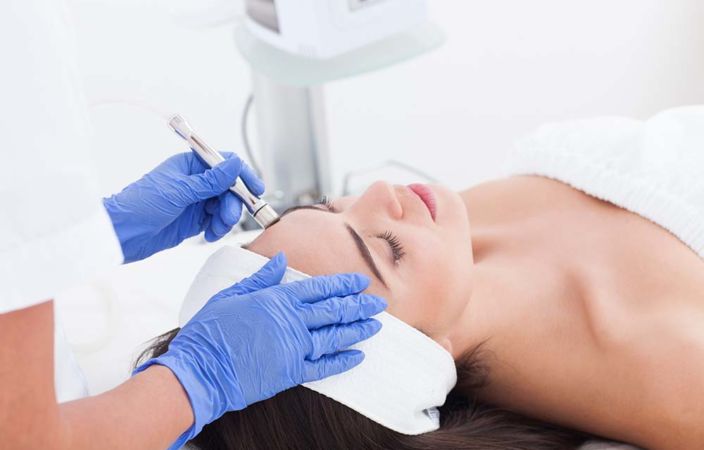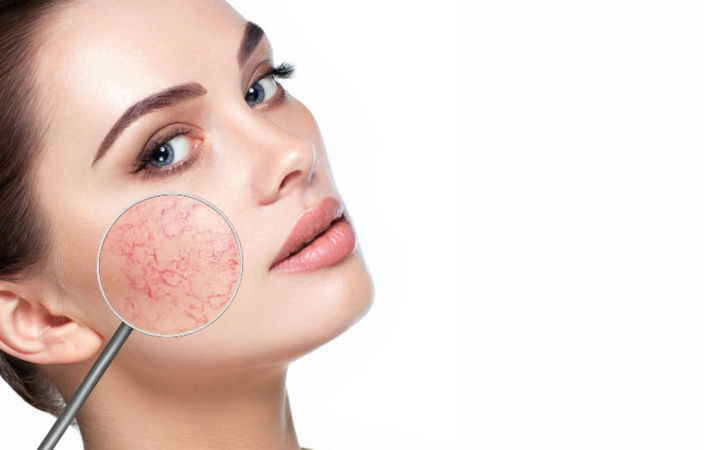We get it, treating the face can be frightening.
Considering how fragile and significant the facial region is, many would-be patients shy away
from facial peel procedures and stick with ineffective and ultimately more expensive over-the-counter face products.
As with any cosmetic undertaking, there are some horror stories of facial peel treatments gone wrong.
However, these occurrences are few and far between and are usually the result of ineffectual medical technicians and low quality chemical products.
What is facial peeling?
Like any typical facial, these skin treatments are meant to improve the look, feel, and overall healthy glow of the face.
Most of the time, a facial peel involves chemical components such as AHA (Alpha Hydroxy Acids)
or TCA (Trichloroacetic Acids), along with other natural ingredients such as Glycolic Acid or Salicylic Acid.
These various elements are applied to the face, occasionally activated by special UV lights, and then removed within 30-60 minutes.
Some facial peels will result in noticeable peeling and slight redness, which typically subsides within 24 hours.
What is a Fitzpatrick Skin Type?
The scale generally refers to the pigmentation of facial skin, however it focuses specifically on the skin’s sensitivity.
Understanding where you fall on the Fitzpatrick scale can be very helpful in determining the best facial peel treatment for your unique skin type.
The scale ranges from Type I – Type VI. Those that fall in the first category have skin that always burns and never tans, whereas those that fall in the last category never burn and also never tan.
You should try to determine where you fall on the scale before proceeding with the more intensive facial peel treatments available.
Three Types of Peels and the Acids Involved:
There are three primary categories of facial peels.
• Superficial peels utilize a lower concentration of Alpha and Beta Hydroxy Acids, along with fruit enzymes, glycolic acids, and lactic acids. These work by removing a superficial layer of the facial skin, remedying the effects of sun damage, acne, blemishes, and more. These peels typically heal within 1-7 days with minor redness and occasional flaking.
• Medium peels work with higher concentrations of Alpha and Beta Hydroxy Acids to delve deeper into the skin tissue. A medium peel will typically take 7-14 days to fully heal and some redness and flaking should be expected.
• A deep facial peel can use a combination of the formerly mentioned solutions, along with a stronger Tricholoracetic Acid to cause a full layer of skin to peel away.
This type of peel usually reserve for patients that require more extensive facial care and that don’t mind have some downtime for recovery.
A deep facial peel can take anywhere from 14-21 days to fully heal as the top layer of the skin manages to flake away. Once fully healed, patients can expect a dramatic decrease in wrinkles and blemishes.
The benefits of facial peeling
The concept comes from the English “peel”, which basically translates as the Spanish word “pelar”. It is a procedure in which keratolytic substances that cause mild corrosion on the outermost layers of the skin are used.
This results in a subsequent process of exfoliation or flaking of the cells located on the outermost portion of the skin. Therefore the objective of peeling is to improve the quality of the skin surface that is undergoing a pathological alteration process, or simply the oxidation produced by our natural ageing.
This process of physiological rejuvenation is completed in around one month. As such, it is useful to distinguish between chemical peelings depending on their keratolytic effect:
- Due to the high abrasion power of chemical peeling its dermatological use is limited to 1-2 treatments per year.
- However, more superficial and gentle cosmetic peelings recommend more often: a minimum of once a week.
FAQ
Is peeling good for face?
The term 'face peels' might make you back away slowly, but this treatment can help with a plethora of problems, from pigmentation to scarring, hydration to acne, skin texture to fine lines and wrinkles.
What is facial peeling treatment?
A chemical peel is a skin-resurfacing procedure in which a chemical solution is applied to the skin to remove the top layers. The skin that grows back after a chemical peel is smoother and younger looking. Chemical peels are used to treat wrinkles, skin discoloration and scars — typically on the face.
Is face peeling good for acne?
The right peel can end acne and soften the scars that come with it. Salicylic acid peels and Jessner's peels (equal parts salicylic acid, lactic acid, and resorcinol, an antiseptic exfoliant) dive deep into skin to unclog pores while also skimming the surface to erode blackheads and fade post-pimple marks.
Truly 5 star cosmetic clinic. Lovely and extremely professional team and management, they make you feel comfortable. I have had Botox treatment , microdermabrasion and facial with lovely Behnaz. She is physician back home , always understands my concerns and pampers me during my treatment. I’m so happy and now her regular customer. I highly recommend this place with its wonderful atmosphere
…As such, this more aggressive and deep exfoliation process accelerates this natural process, stimulating cell regeneration and the microcirculation in blood of the surface of our skin.
In short, it improves the skin surface, increasing its homogeneity and obtaining a clear rejuvenating effect.
Error: Contact form not found.
80 Finch Ave West, Unit 103,
North York, ON, M2N2H4
